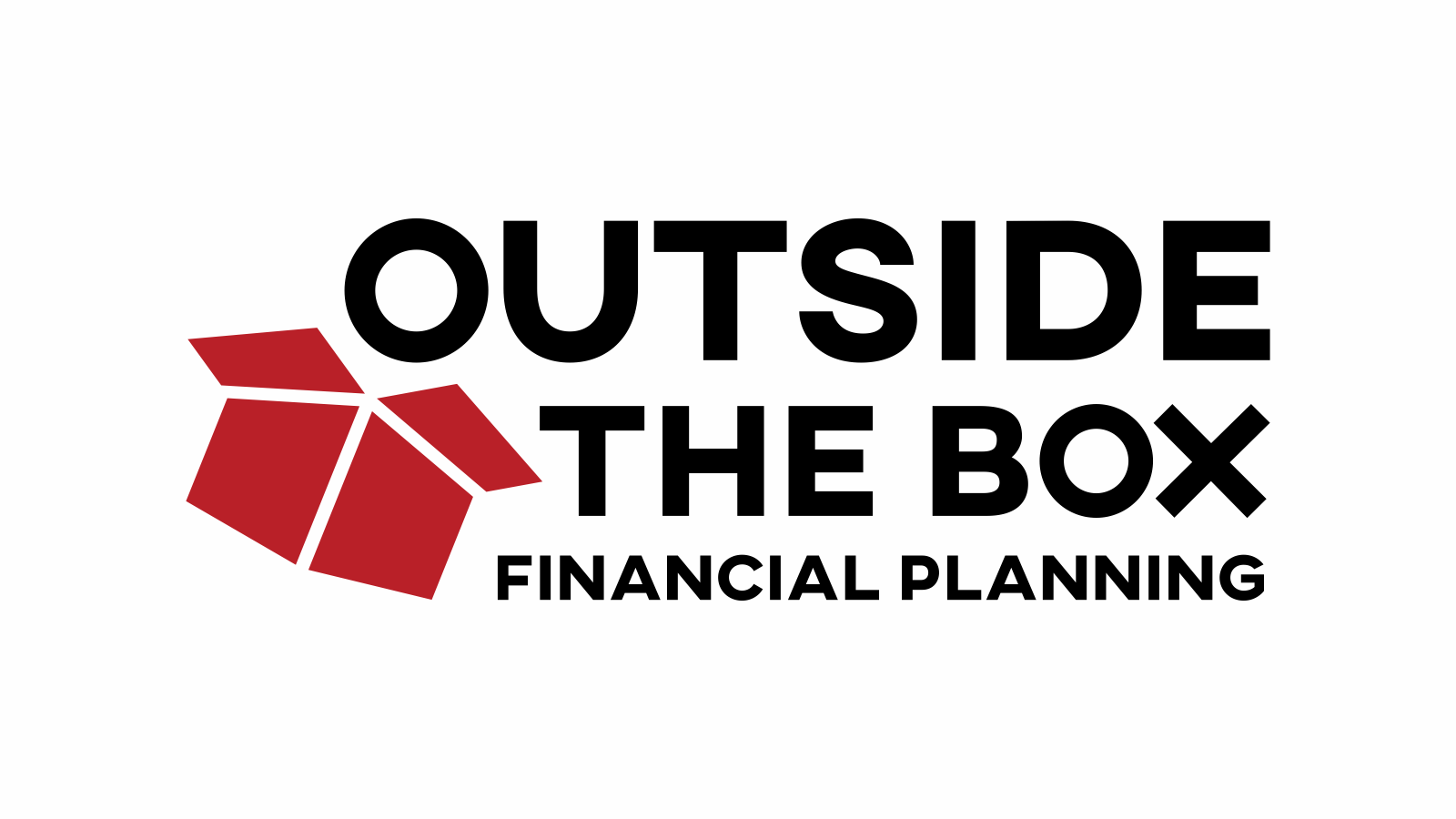Dollar Cost Averaging - Creating Good Money Behavior
The increase in volatility to start 2018, coupled with the almost 9-year bull market run has caused many sophisticated investors to question when to buy and when to sell. So, it’s important to remember that there is a very simple investment strategy that doesn’t require you to stare at trading screens all day – Dollar-Cost-Averaging.
It isn’t new and exciting, but many a successful investor has proven its worth. The principle behind it is this: You put the same amount of money into the same investment on the same day each month. Those months when the investment’s price goes up, your set amount does not buy as many shares. But when the investment‘s price dips, you get to buy more shares at a cheaper price.
Guess what? When the price goes back up, all those shares you bought cheaply make you some money. Those shares you bought when the price was high look good, too.
There are a few reasons to invest this way:
Celebrate Twice
First, it takes the guesswork out of trying to predict what the stock market is going to do. It’s easy to lose money seeking to time the market. Even professional investors can be pretty bad at it. As long as you feel good about the investment you buy, you know that the fundamentals are right, and your situation has not changed, you shouldn’t care what the stock market is doing day to day.
In fact, maybe you should celebrate when the market dips and you buy because you get to buy more shares that you think have great long-term prospects.
And you celebrate again when the market rallies because all your shares are more highly valued. You win either way. Also, you won’t have to put so much time and energy into investing. You can focus on your career and family rather than obsess over your portfolio.
Disciplined Approach
Next, Dollar-Cost-Averaging creates a disciplined approach to building wealth. You are now on a path to save and invest regularly, building wealth one month at a time. Yes, we have all read about those hot stocks that made someone rich overnight. But for most of us, it’s going to take a working lifetime to accumulate our wealth.
It Doesn’t Take Much to Start
You can do this for as little as $100 per month and many platforms don’t even have a minimum. You don’t need thousands of dollars to get started or to continue your dollar cost averaging plan. So, no excuses.
Some Things to Think About
· Start with a monthly amount that won’t break your bank. This is money you won’t miss on a monthly basis.
· Commit to a Dollar-Cost-Averaging program of at least 12 months. It takes time to build wealth and see the results of your efforts.
· Don’t wait for the price to go up or down. The key is consistency. Don’t vary the amount based on how much is in your savings account that day, either. Set it up for the same day, same amount, same investment.
· Don’t stop it when the market retreats. If you still believe in your investment, keep investing. Remember, in a down market you are buying more shares for less money.
Final Thoughts
The Dollar-Cost-Averaging approach is about building wealth steadily, consistently and with discipline over time. It’s about creating and strengthening good money behavior. When you do this for 10 years and see your accumulated balance, you won’t care that you didn’t invest exactly on the best day in the market in 2018.
If you found this article helpful, click here to sign up for our newsletter.


